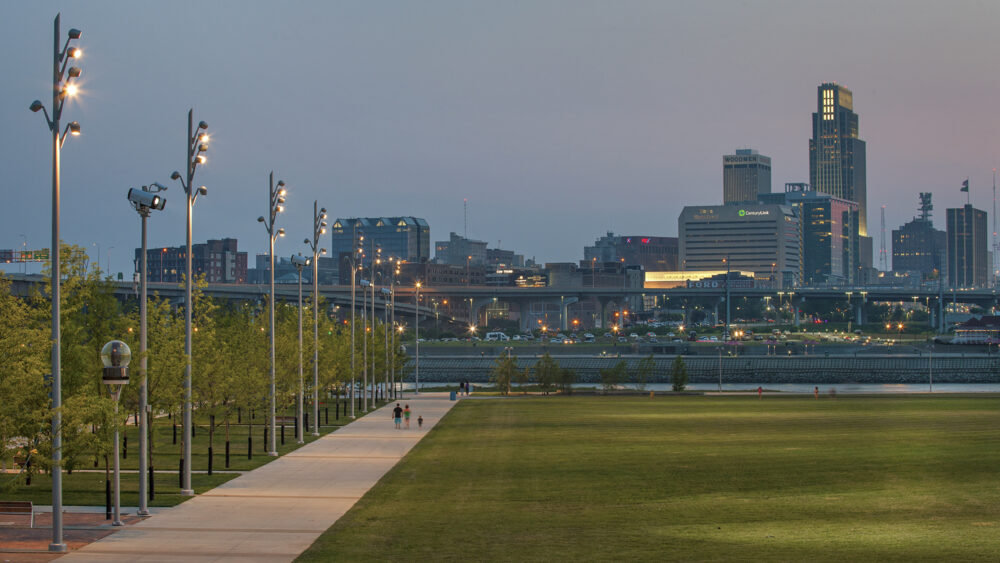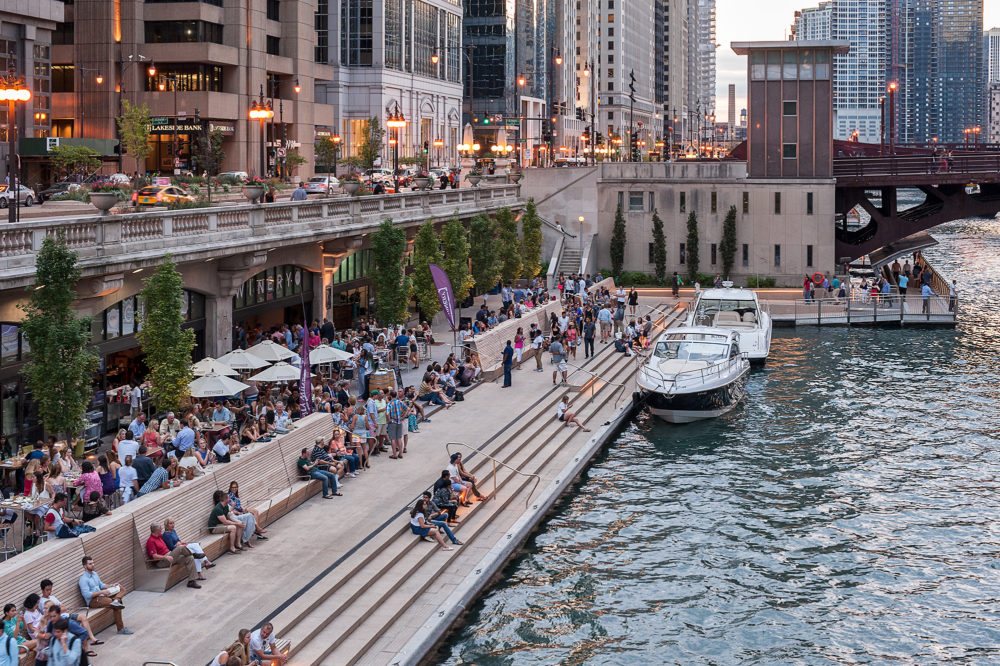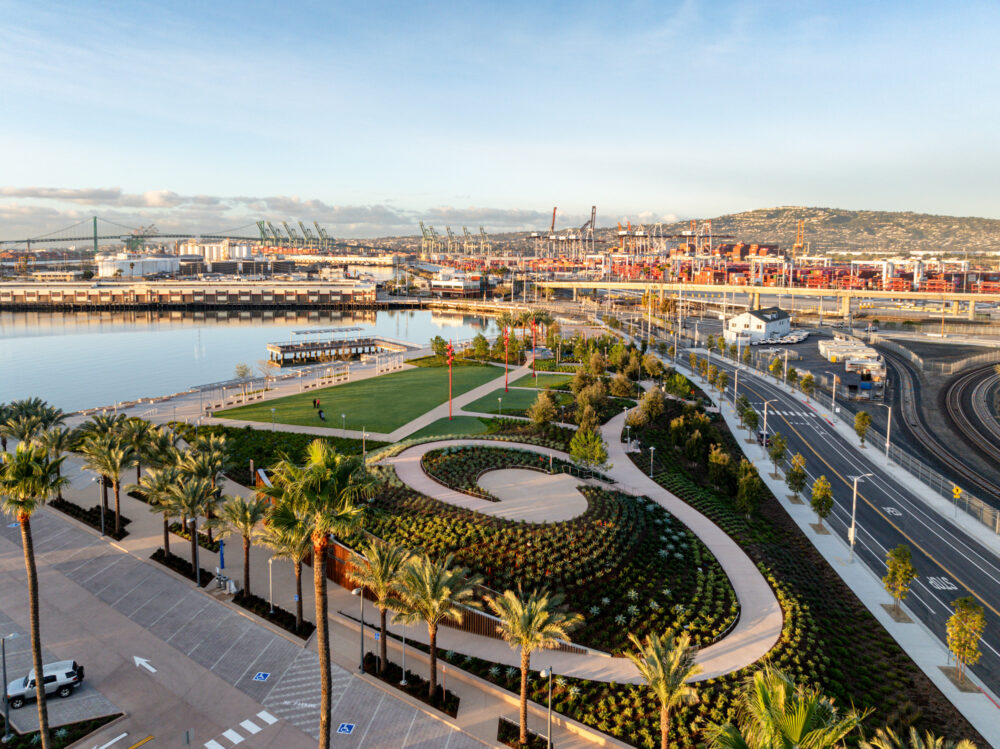Built on a 30-acre brownfield site, the new urban park revitalizes the community and visually reconnects it to the waterfront
Wilmington Waterfront Park
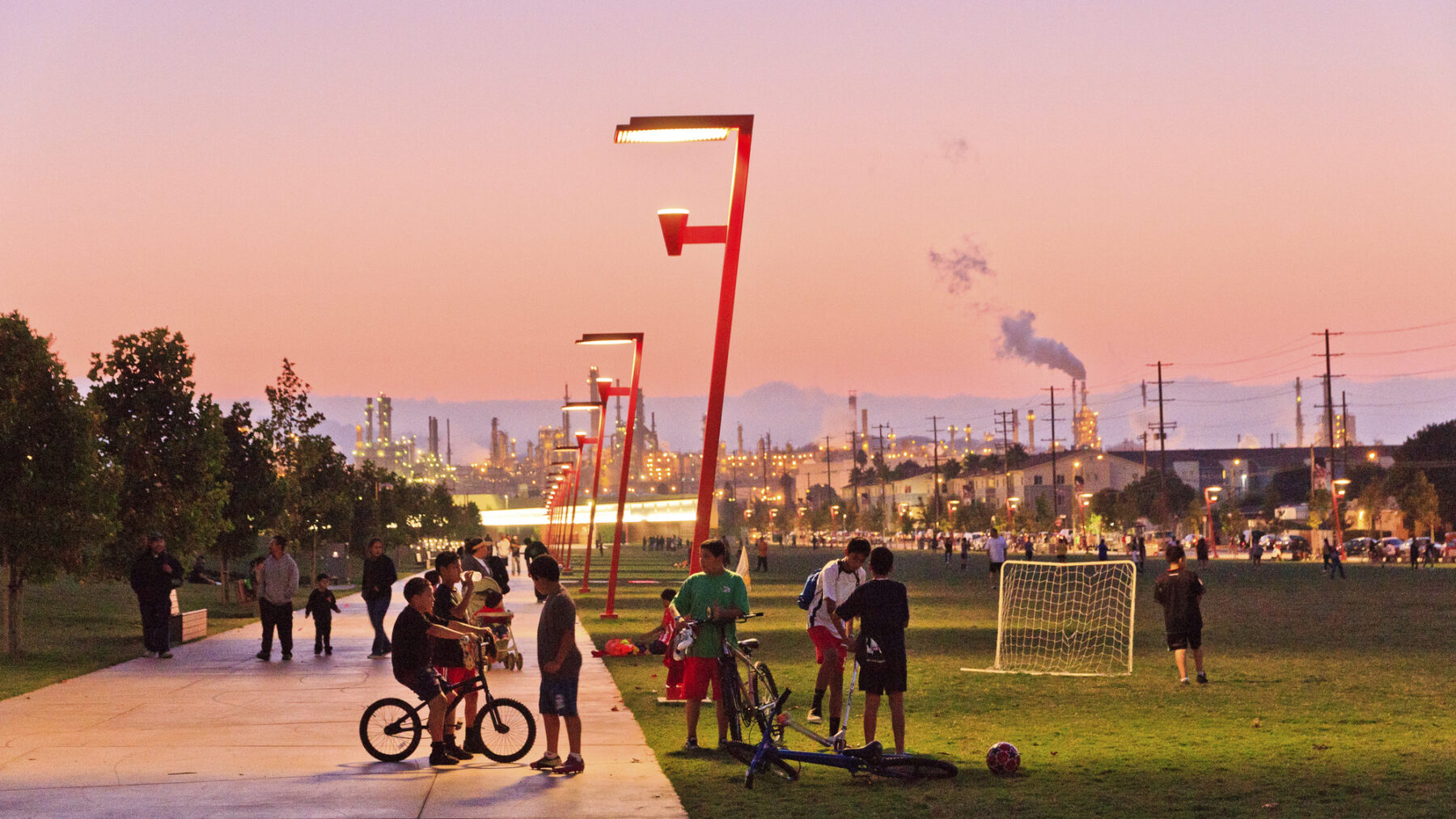
Once a part of the Pacific coastline, the Wilmington community became disconnected from the waterfront by the Port of Los Angeles—a burgeoning, diverse mix of industrial maritime facilities. After completing the Wilmington Waterfront Master Plan, Sasaki identified three open spaces for implementation: the Wilmington Waterfront Park, the Avalon North Streetscape, and the Avalon South Waterfront Park.
The Wilmington Waterfront Park is the first project to be fully implemented. Built on a 30-acre brownfield site, the new urban park revitalizes the community and visually reconnects it to the waterfront. The park integrates a variety of active and passive uses—informal play, public gathering, community events, picnicking, sitting, strolling, and observation—determined through an extensive community outreach process. The open space serves as a public amenity by doubling the current community open space while also buffering the Wilmington community from the extensive port operations to the south.
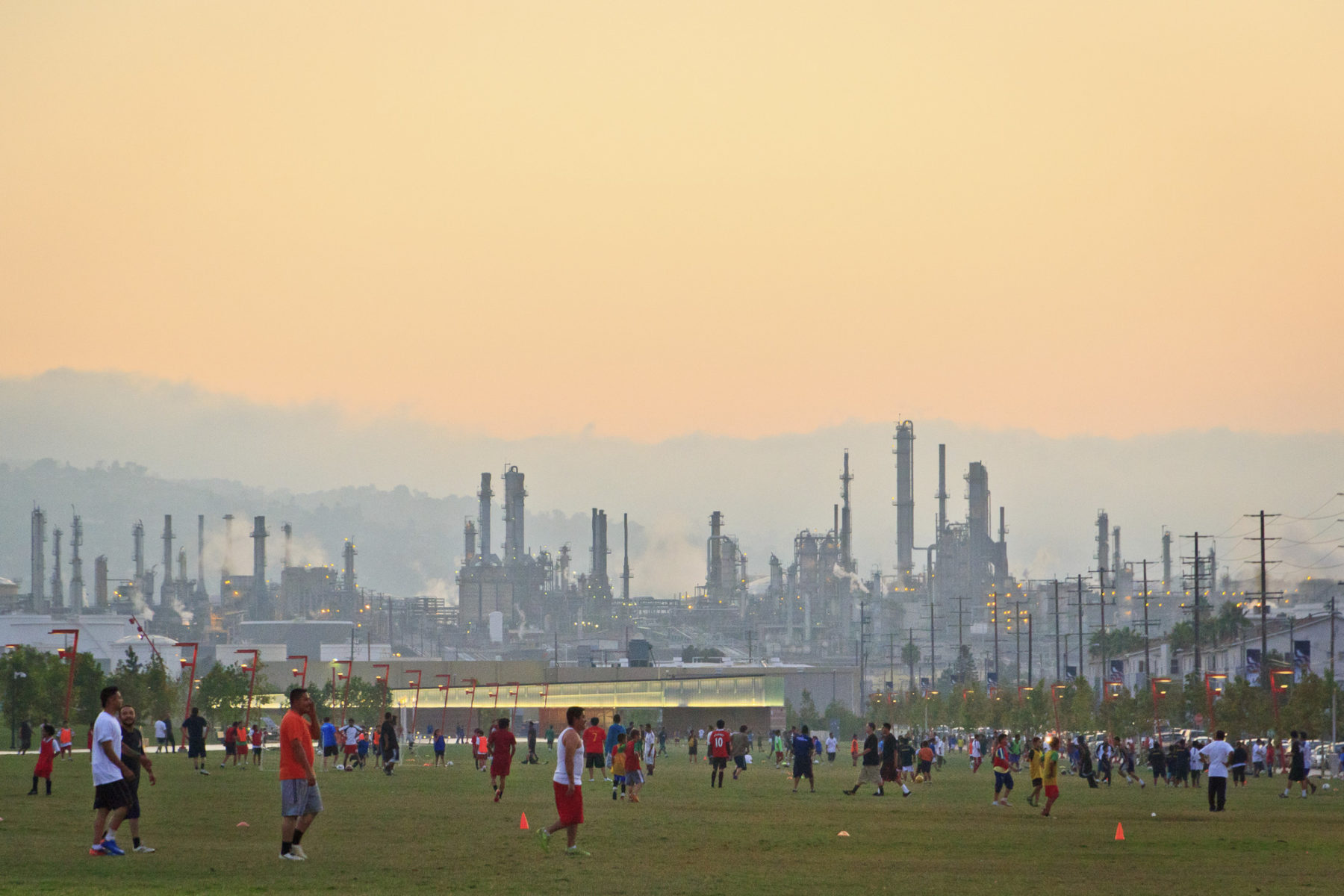
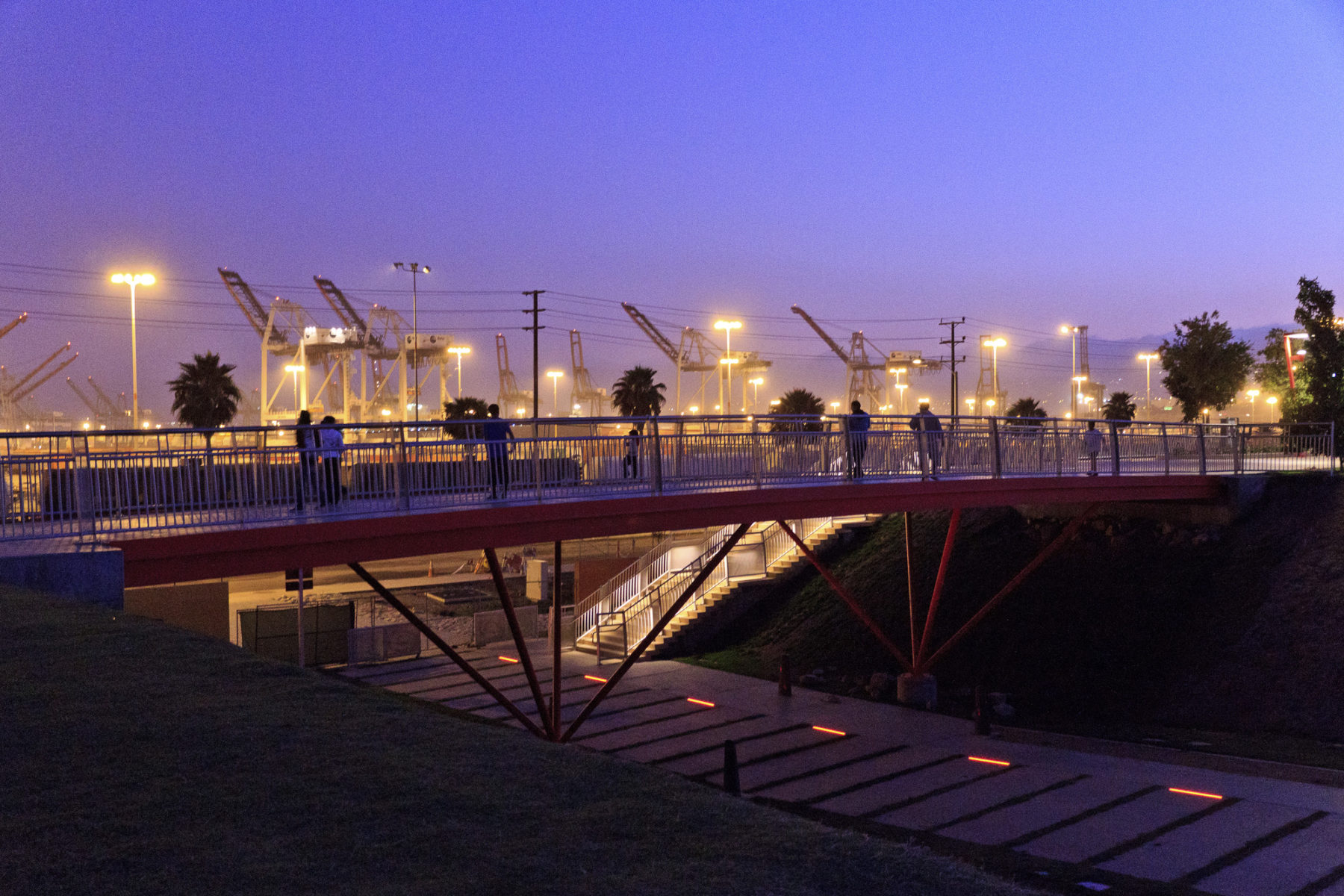
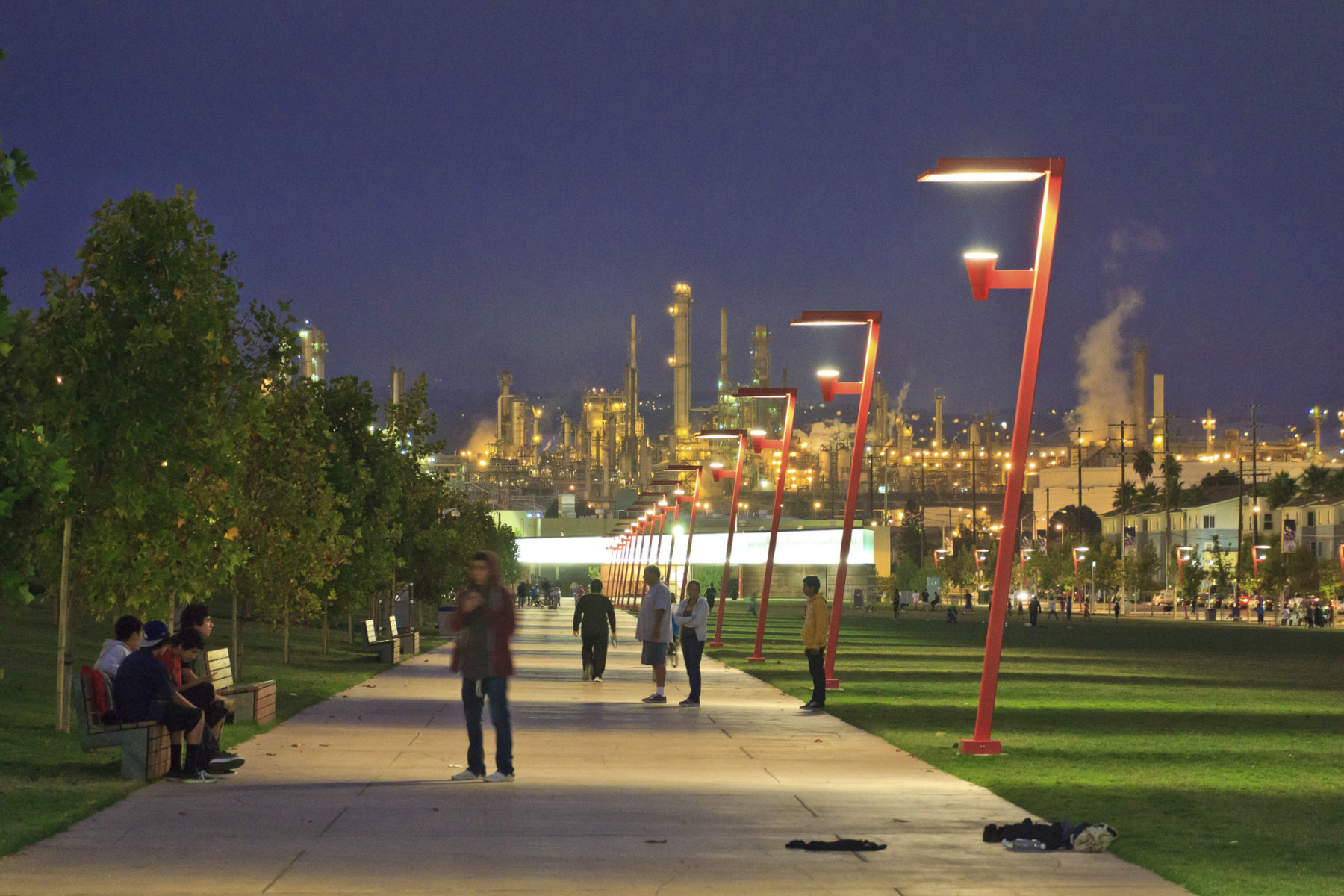
In order to protect the community park from the port’s impacts, Sasaki created a strong sculptural landform which elevates the existing planar grade of the neighborhood to 16 feet. This land integrates a series of multipurpose playfields with shade-dappled, gentle grass slopes. Atop the landform, the El Paseo Promenade provides a primary component of the pedestrian circuit with seating, display gardens, and a shared use pedestrian and bicycle path linked to the California Coastal Trail.
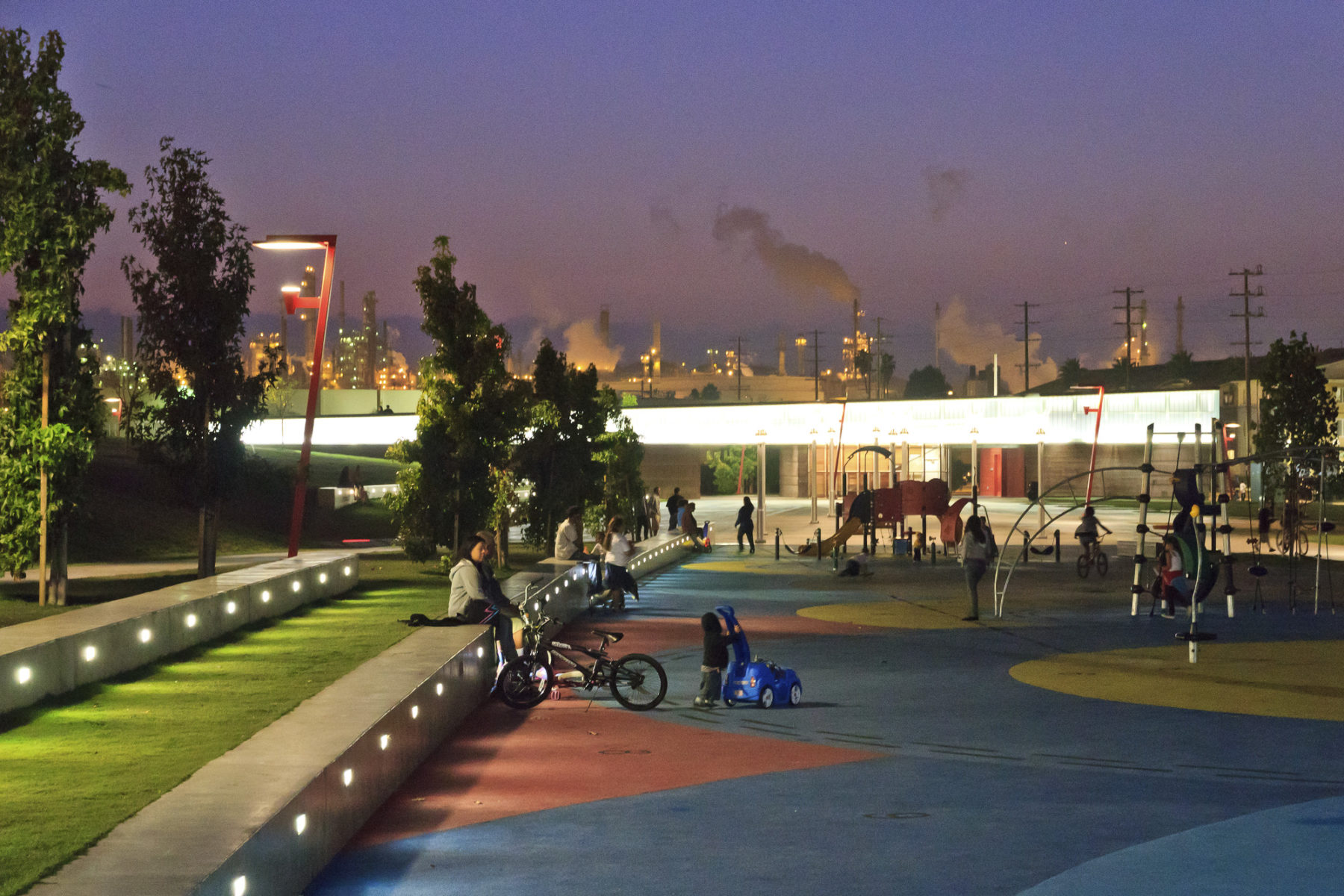
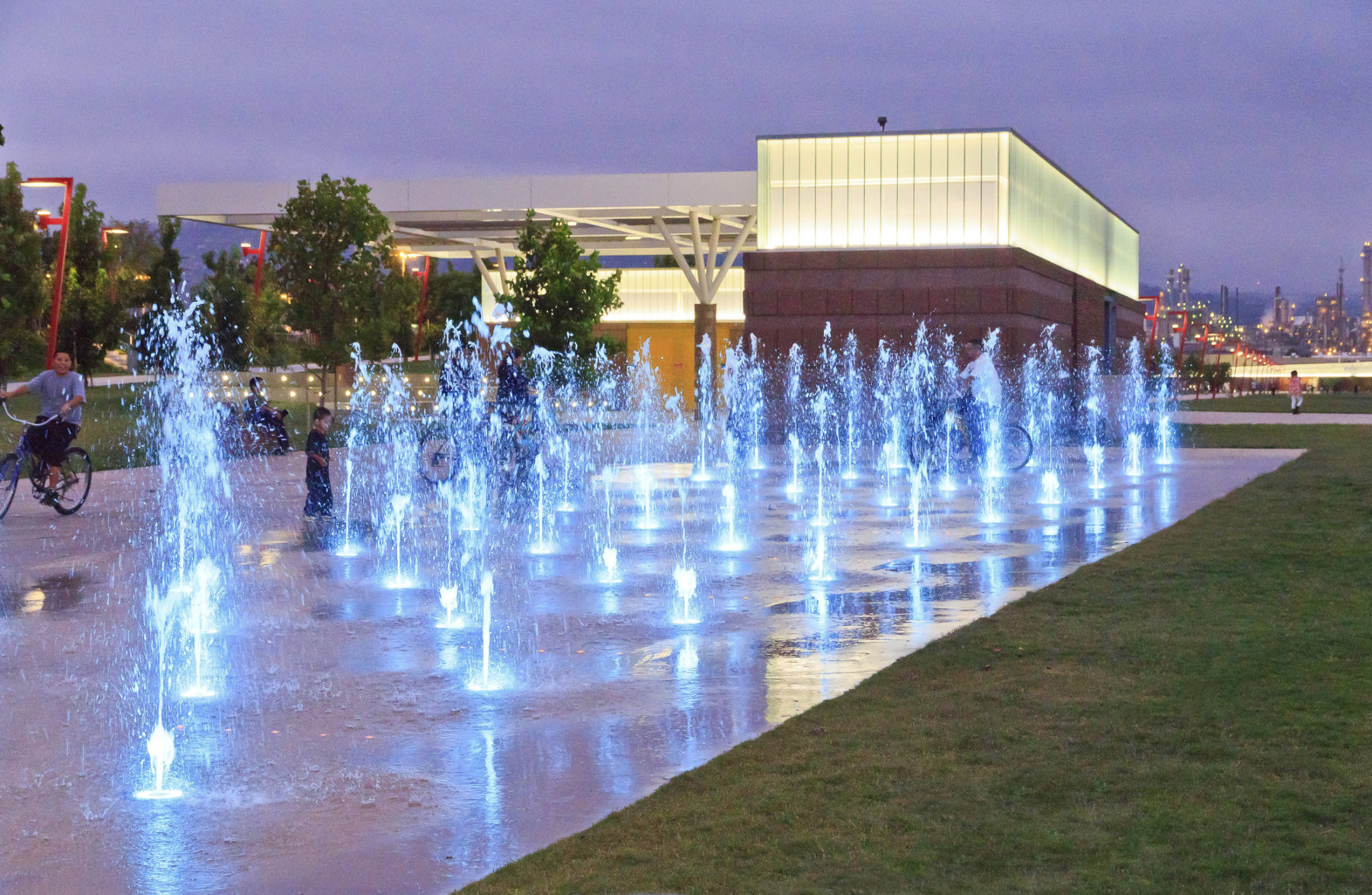
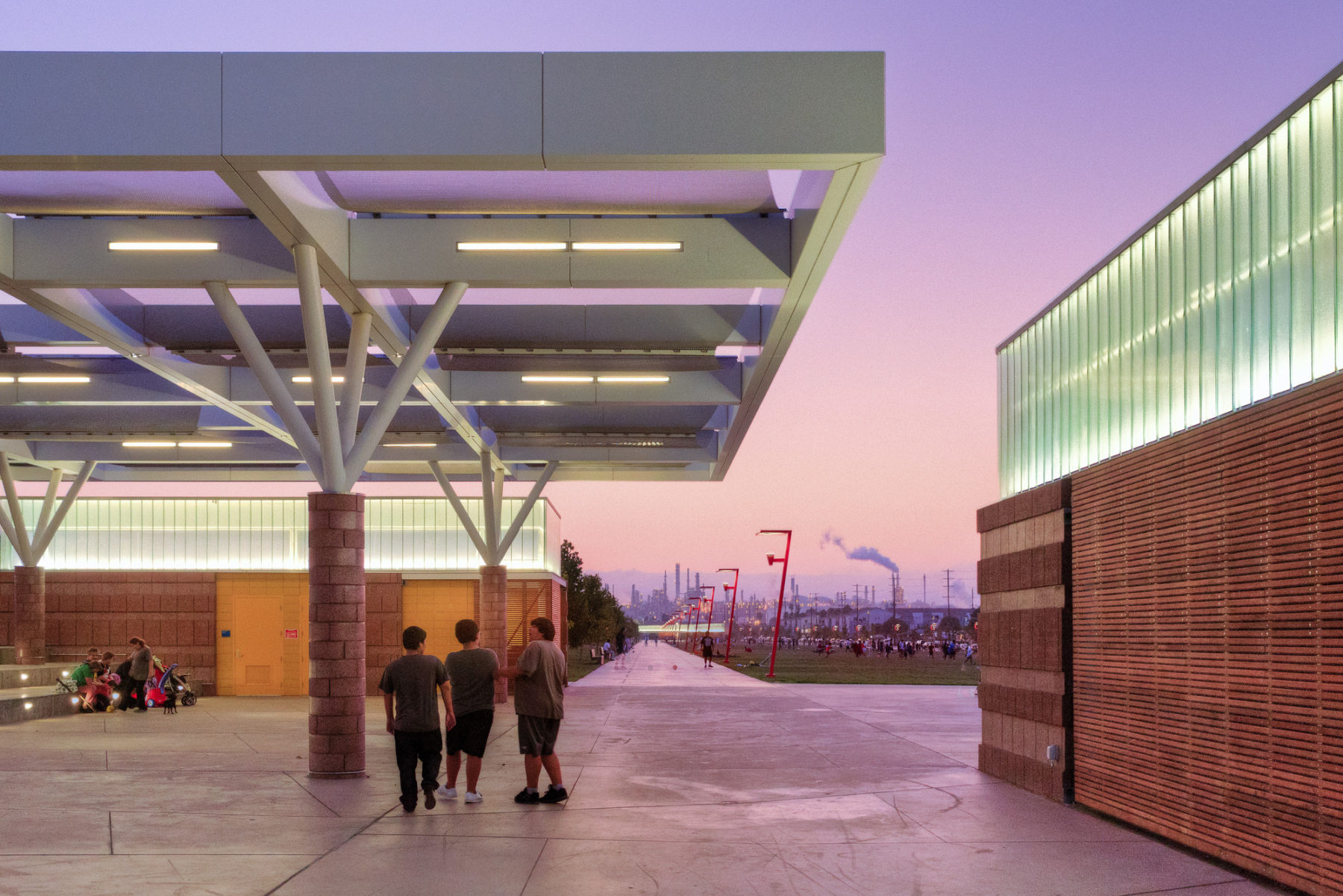
Tree-lined promenades extend the park’s network of pedestrian circuits and meanders, offering a variety of seating for respite, contemplation, and viewing park activities including interactive water features, an adventure playground for children, plazas for gathering and performances, and picnicking within the tree groves. Datum Walk provides a central pedestrian axis traversing the park and connecting two park pavilions. The pavilions frame outdoor rooms that offer a variety of informal seating, shade, a dry concession, public restrooms, and three flexible, formal performance venues.
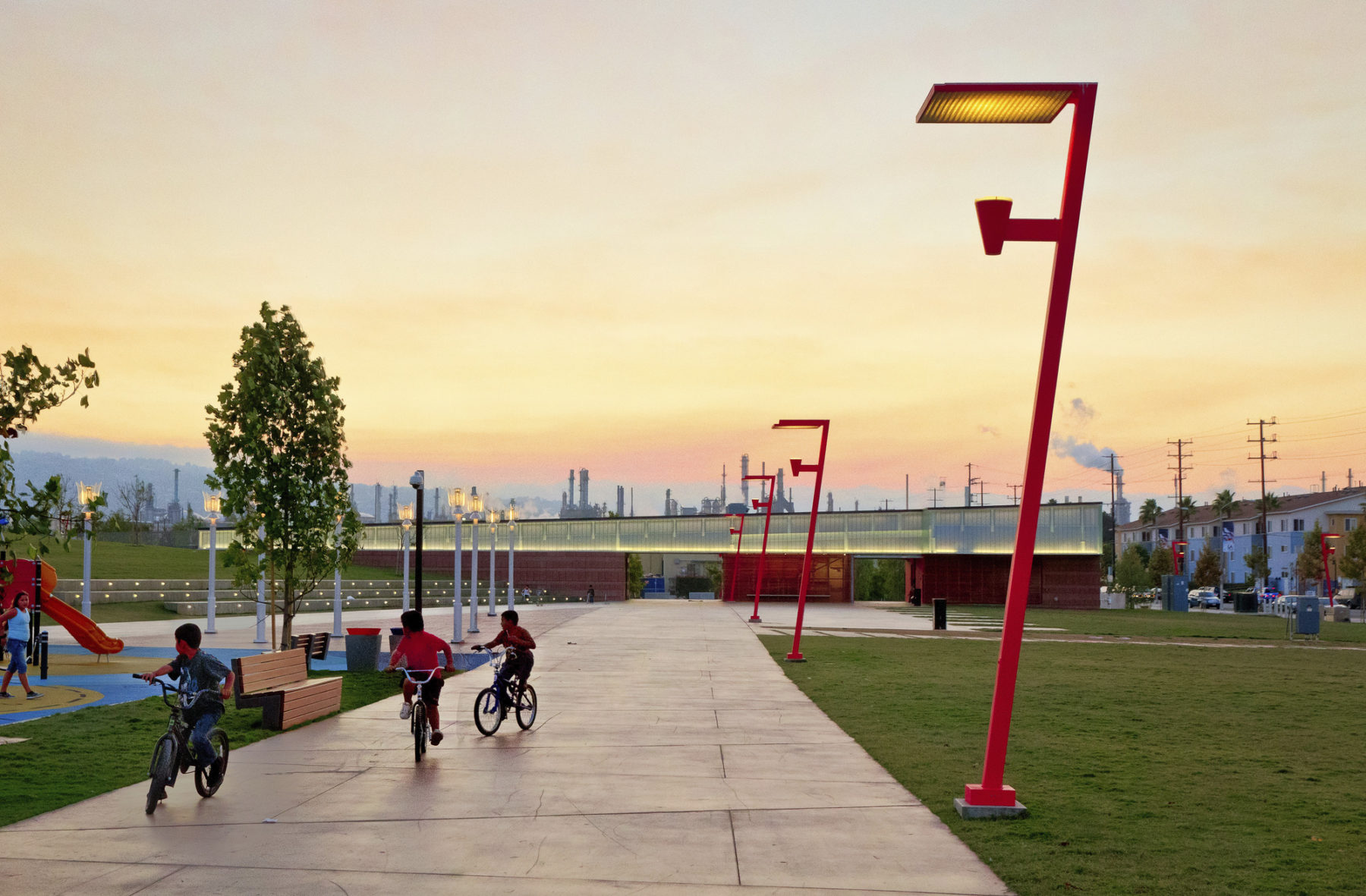
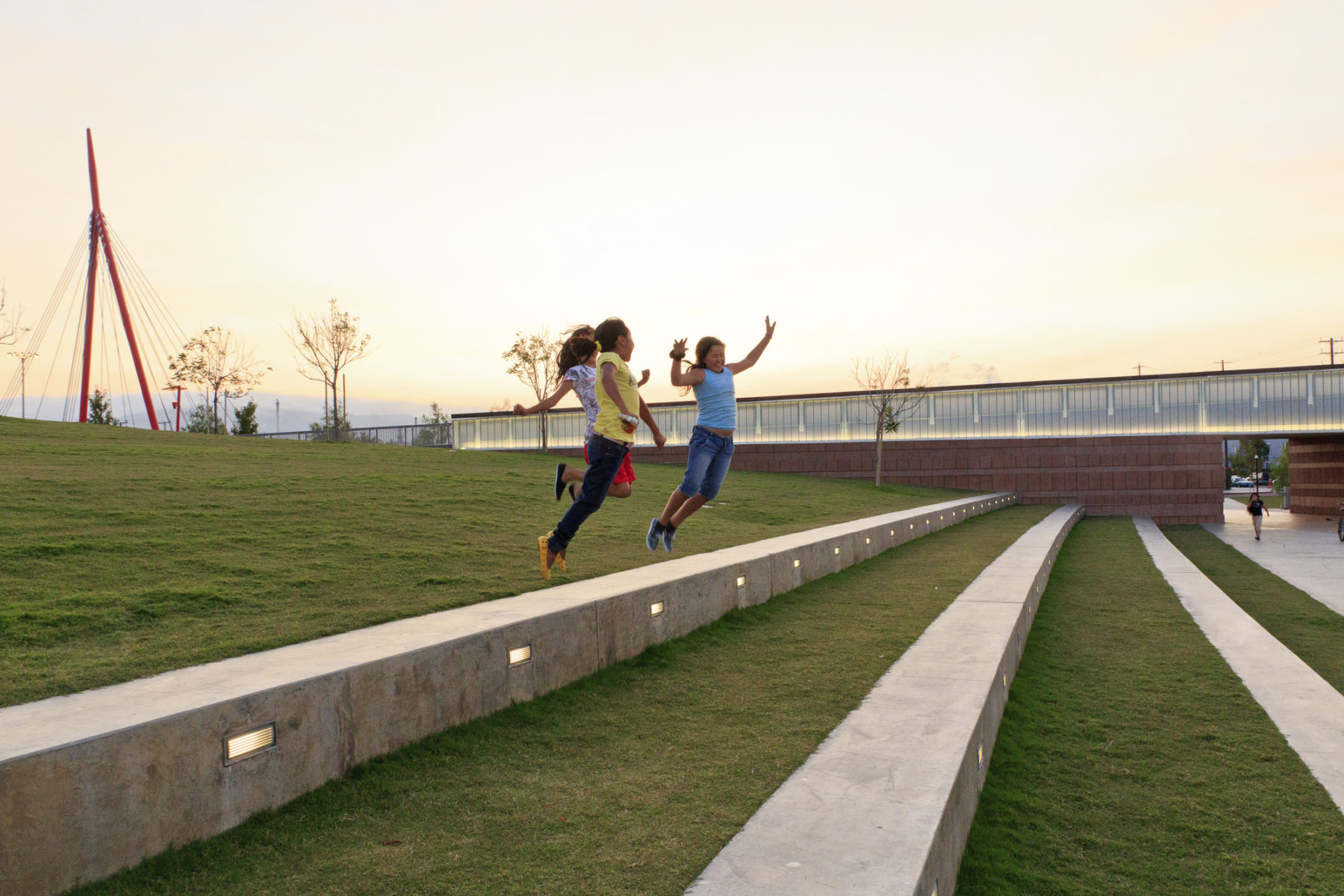
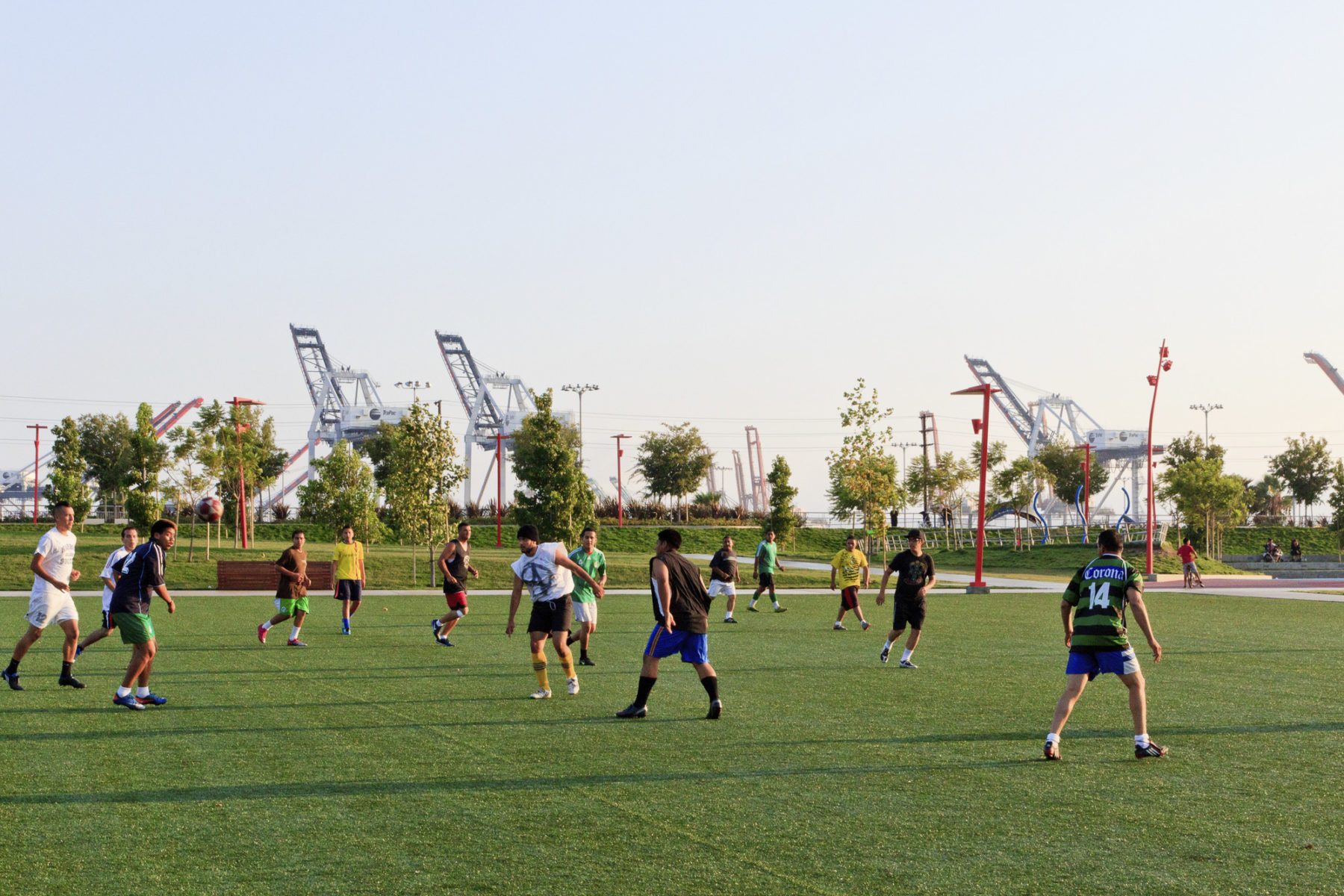
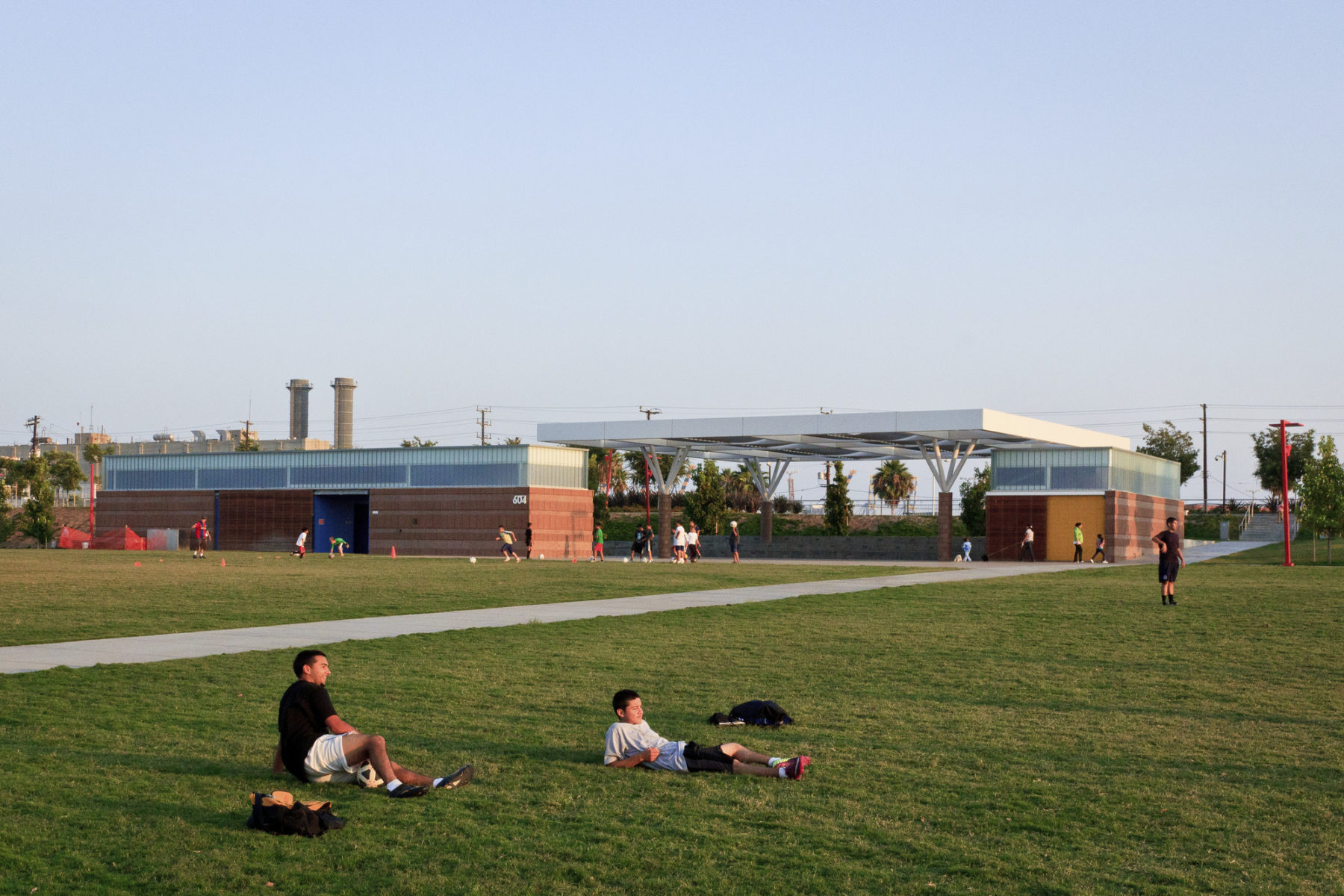
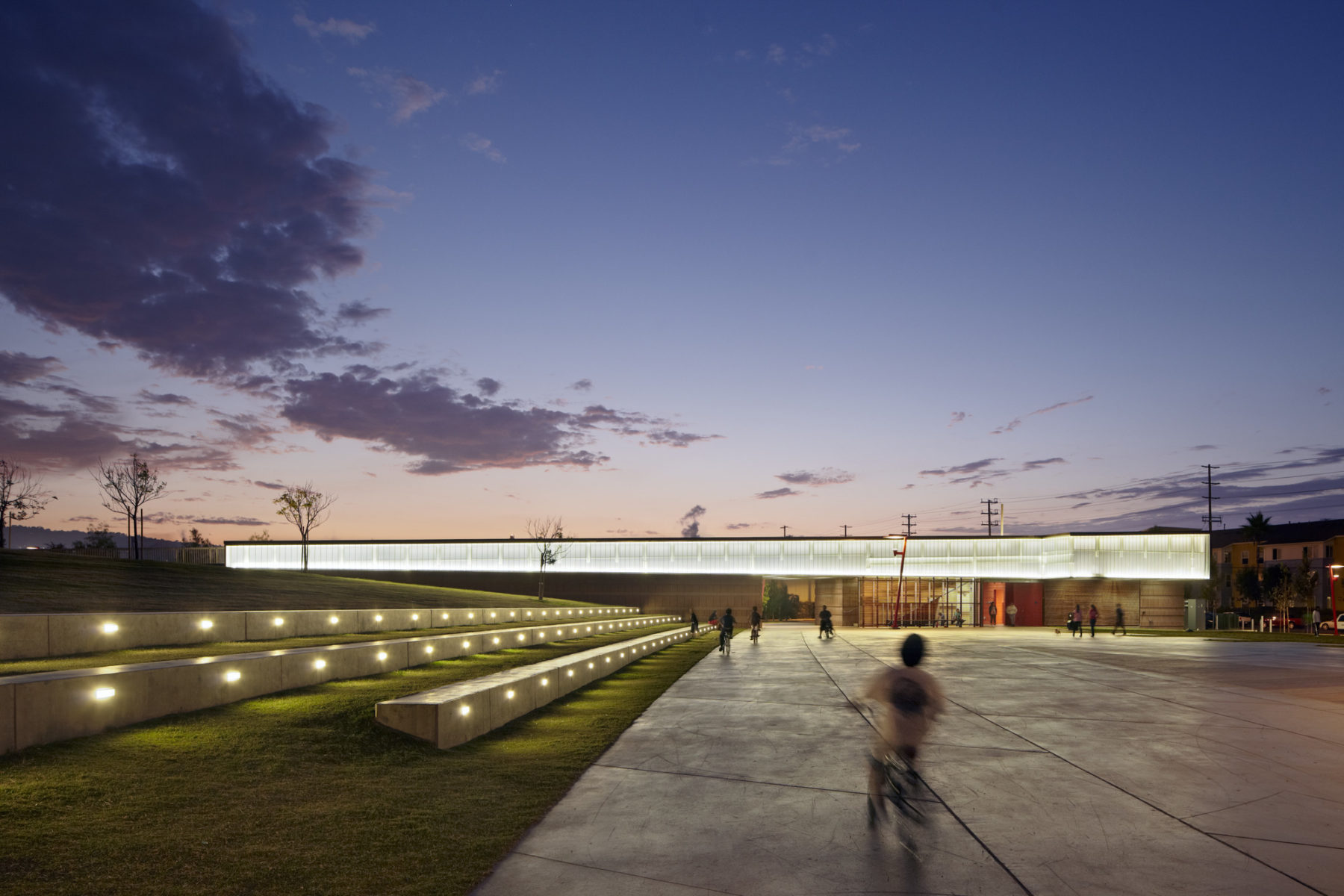
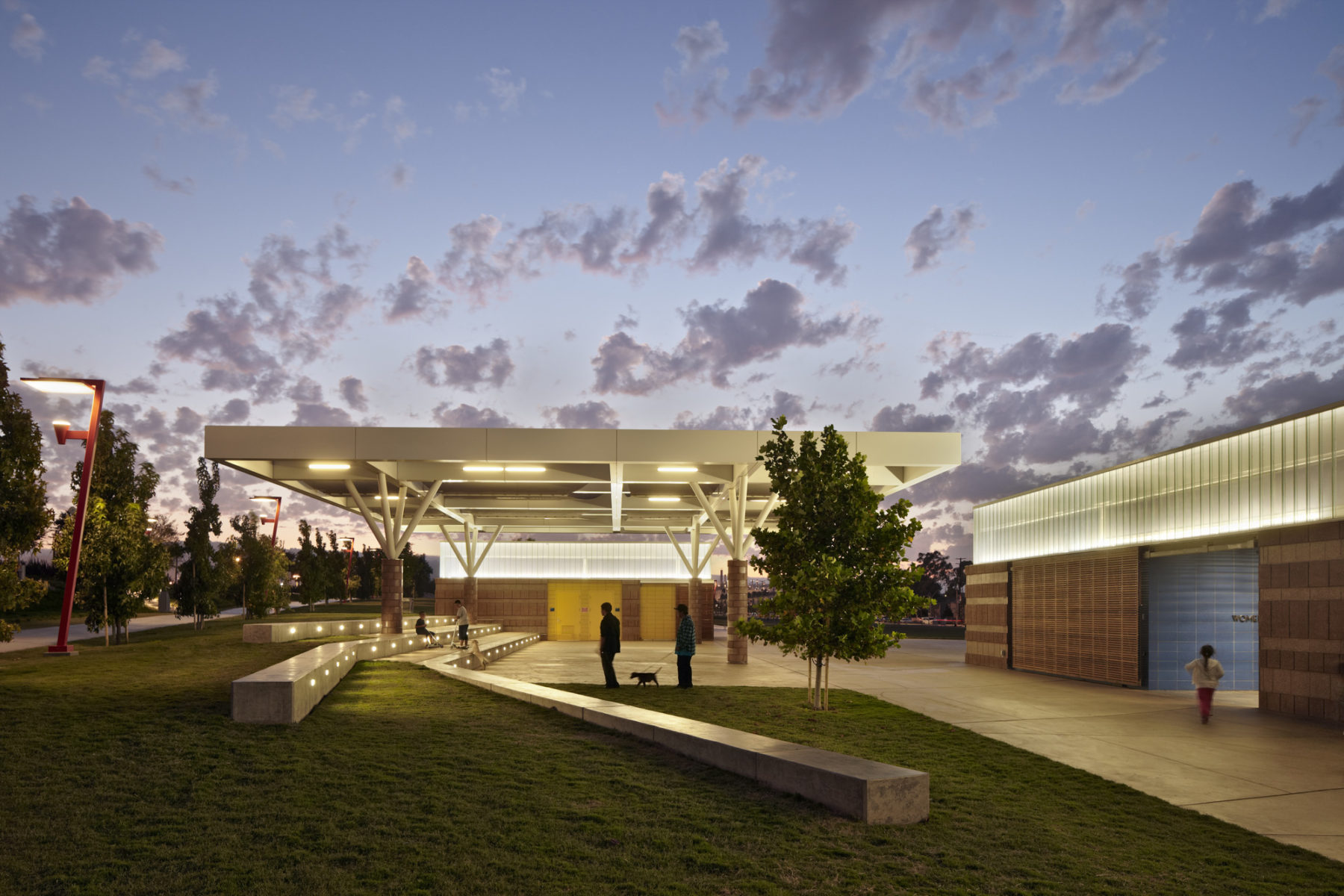
Sasaki integrated sustainable design practices and innovative engineering technologies into the overall project. Stormwater management directs water to primary landscape zones to promote infiltration rather than municipal treatment, demolished paving was ground and reused for paving sub-base, and all plant materials were selected as ecologically adapted, indigenous, or salt tolerant and irrigated by reclaimed water. Building and site lighting highlights key park elements, reducing energy demands and light pollution through high optical efficacy. Along the port’s industrial edge, colorful planes forming the terrace walls are coated with titanium dioxide (TiO2), and innovative photocatalytic technology which transforms harmful air pollutants to inert organic compounds.
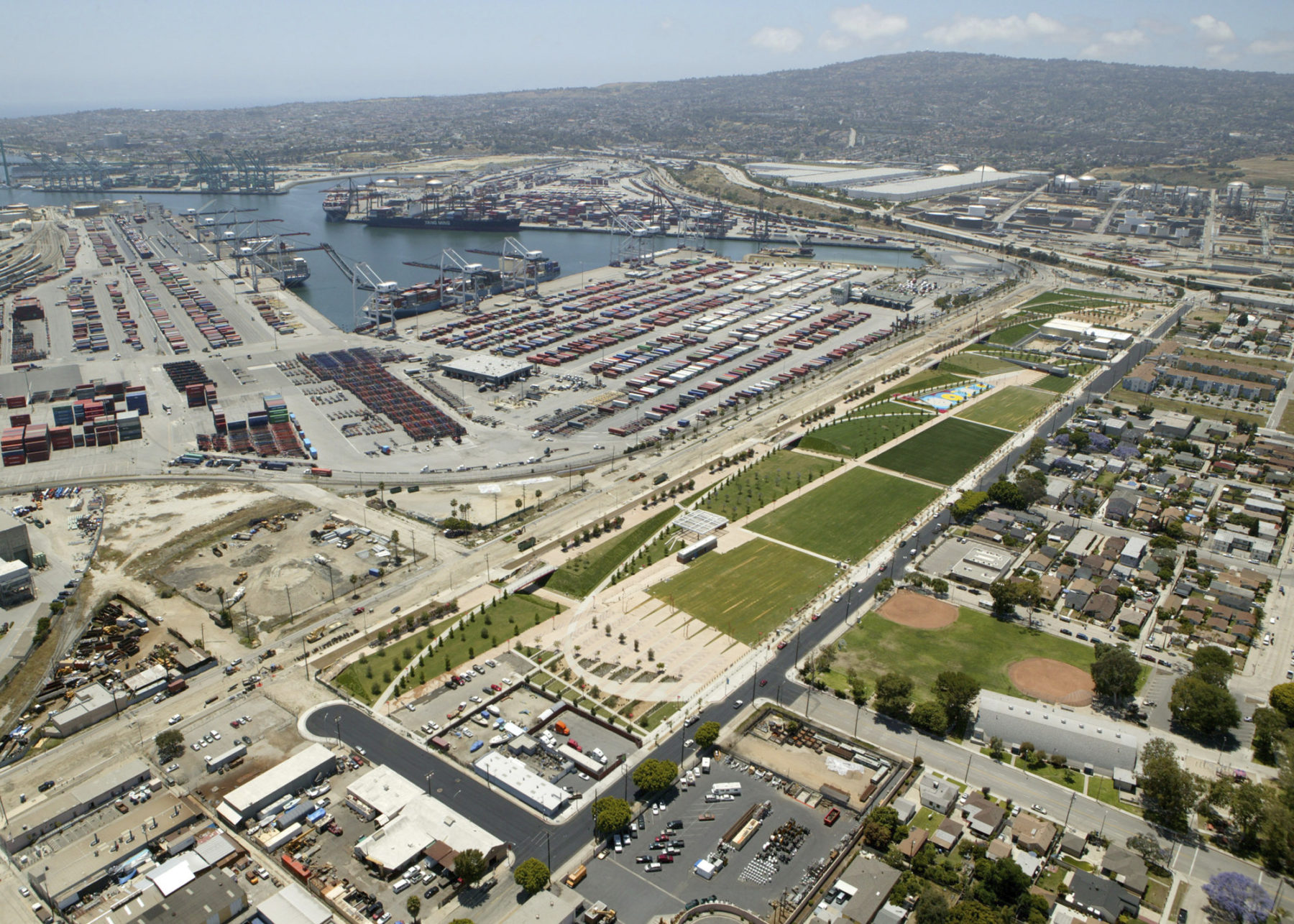
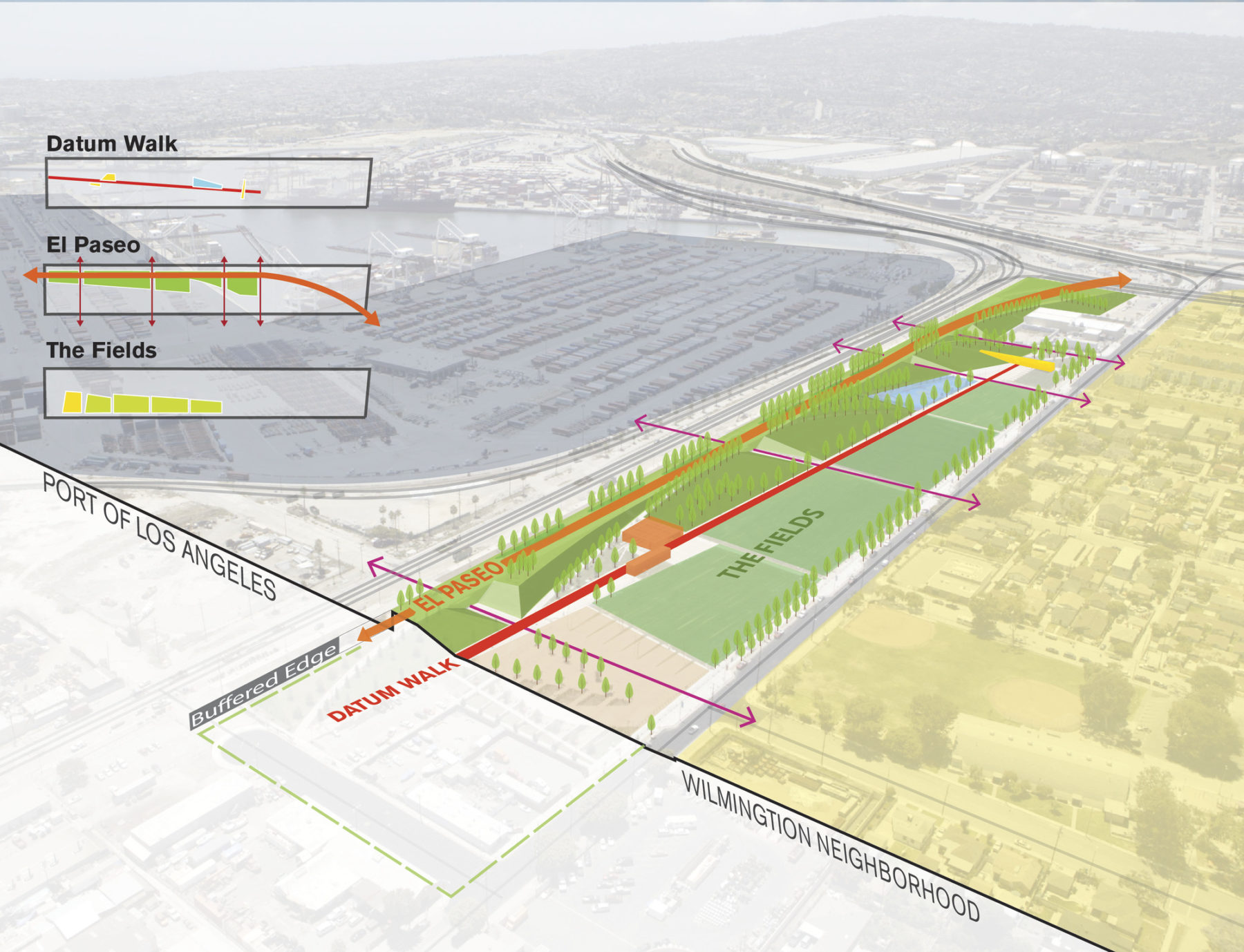
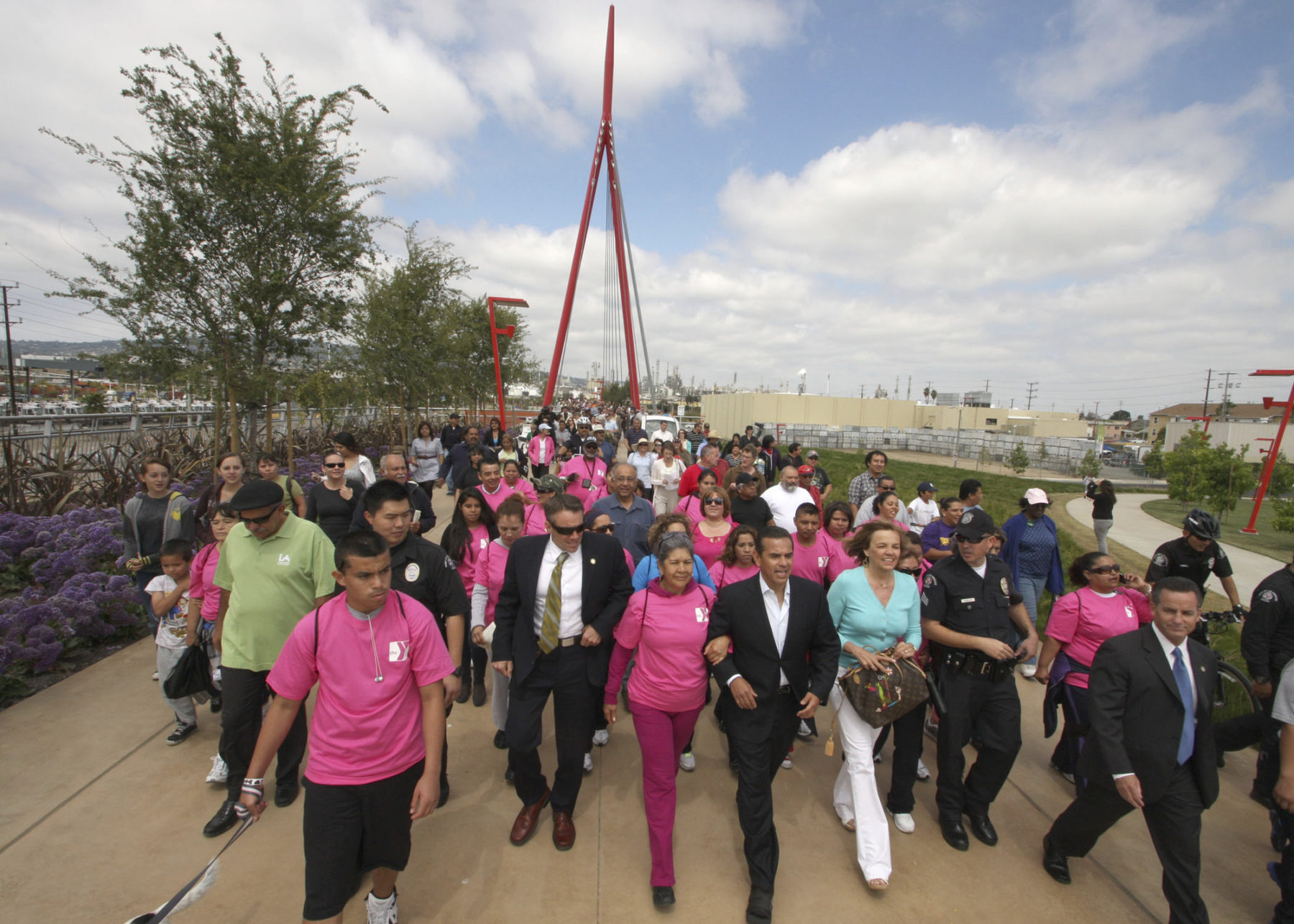
For more information contact Zachary Chrisco.

